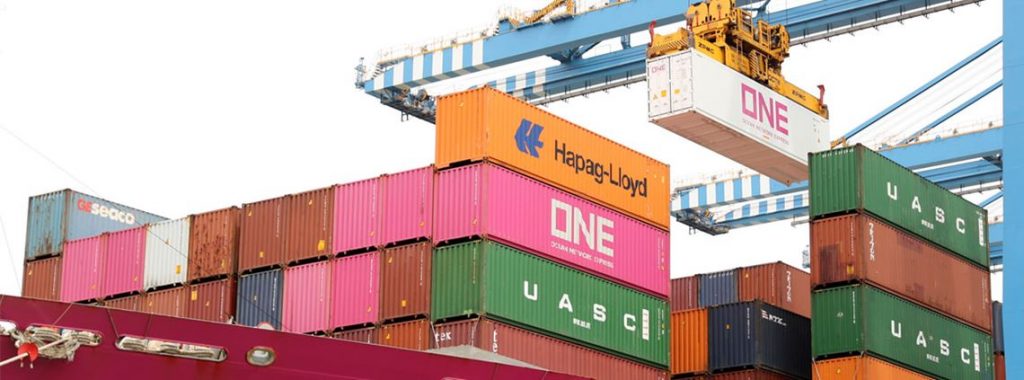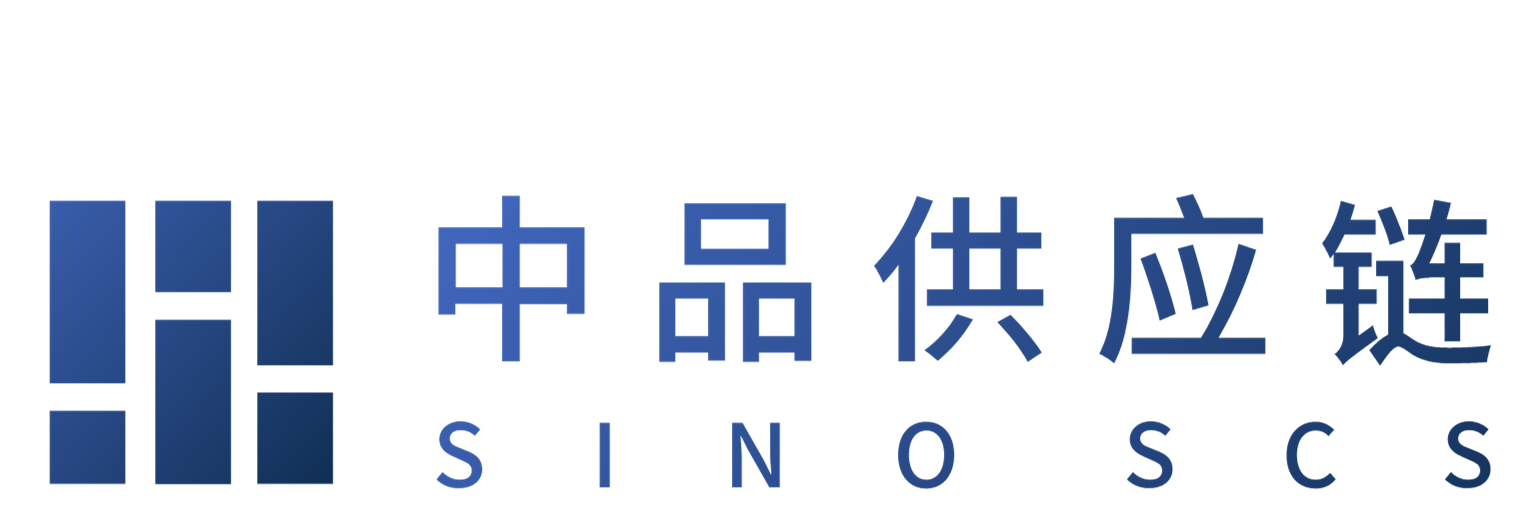The dual strategy supply chain execs are using to counter disruption

Supply chain executives are using automation and increased coordination to overcome disruption.
The strategies emerged during a UN Economic Commission for Europe roundtable seeking to address the supply chain crisis, which included executives from DHL Freight, Henkel, and Hewlett & Packard.
Tom Bartman, associate partner at management consultant McKinsey, who moderated the discussion, listed three challenges firms faced:
1. Labour shortages
The primary cause of the shortage is limited engagement from young people, with employees retiring at a higher rate than younger employees entered the transportation and logistics sector. “People just don’t see this as an interesting place to work, and as a place where people feel like they can build a career,” Bartman said.
He said regulations restricted young people’s access to the profession, while there was limited female participation. Bartman advised companies to create career propositions more attractive to women to achieve full participation from both genders.
2. Equipment availability
Manufacturing and material shortages mean companies can’t access the equipment they need.
Meanwhile the push to decarbonise fleets is forcing adoption of new technologies and new environmentally-friendly operating processes. “That’s requiring the adoption of new equipment at the same time as we’ve heard about shortages in manufacturing,” Bartman explained.
3. Critical bottlenecks
Spikes in volume at critical points ripple across the supply chain, exacerbating equipment shortages.
Bartman said: “What ends up happening is the equipment that’s already in short supply gets detained at these bottleneck points, because it can’t flow through as effectively as it should.”
In a video summarising the discussion, Bartman explained executives were using a dual strategy to address these challenges:
a) Automation
“What’s really interesting about this is before the Covid-19 pandemic the logic and rationale for automation was very much financial, it was a business case with payback periods and ROIs,” he said.
“Today, the case for automation is as much if not more about risk mitigation as it is for financial performance.”
b) Better coordination
Improved coordination up and down the chain is enabled by more seamless data transmission.
“The goal here is really to provide more transparency to take action in advance of a challenge and seeing further up and down the supply chain allows each player to make decisions in better coordination with other players in the supply chain,” Bartman said.
Also discussed was the potential for governments to help mitigate disruption, by promoting employment through addressing perceptions and reducing regulations.
Executives also discussed the importance of investing in roads, railways, and ports. “They saw an opportunity to drive standardisation, particularly across countries and geographies in physical infrastructure,” said Bartman.
“So ensuring that there are set standards for equipment types and activities that allowed more interoperability across the global supply chain.”
The roundtable’s participants were: Uwe Brinks, CEO of DHL Freight; Dirk Holbach, Henkel’s chief supply chain officer for laundry and home care; Felix Klinkner, HP’s director of supply chain operations for EMEA; Matthias Maedge, director advocacy for the International Road Transport Union; and Steven A. Altman, adjunct assistant professor at New York University (NYU) and director of the DHL Initiative on Globalization for the Center for Future of Management at the NYU Stern School of Business.

